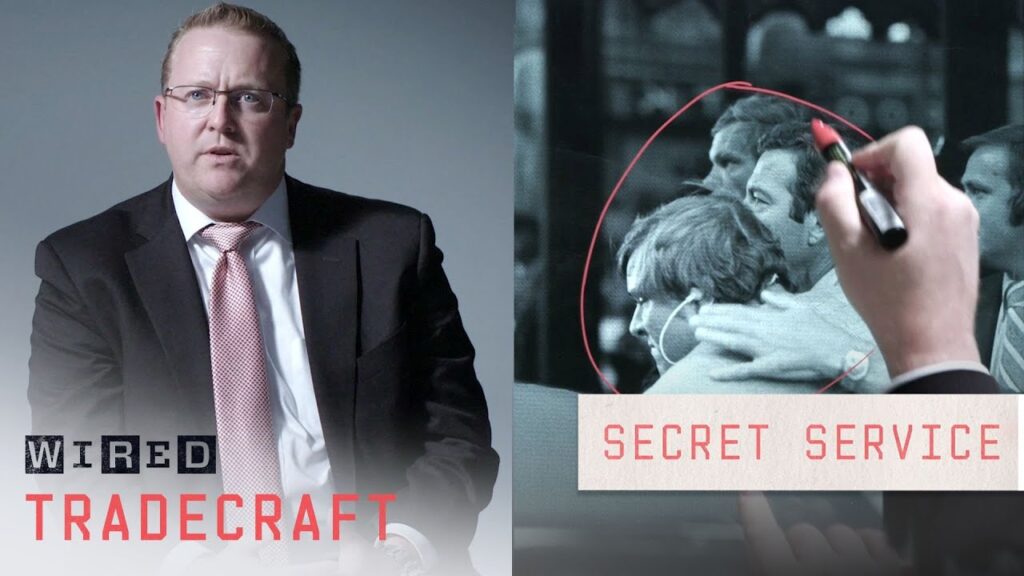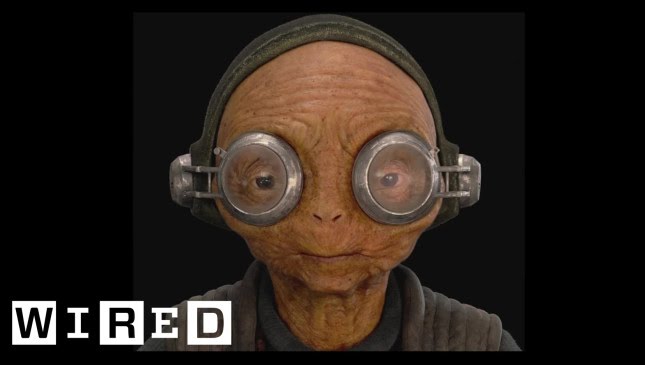The Intriguing Evolution of J.R.R Tolkien’s Mythology
Summary
Dr. Corey Olsen shares insights into J.R.R Tolkien’s early mythology, discussing its evolution and how it relates to The Hobbit and The Lord of the Rings. He touches on various aspects such as the role of Ainur, the portrayal of dwarves and their significance in later parts of the story, and other creatures such as orcs, goblins, werewolves, and hobbits.
Table of Contents
- The Creator’s Process: A brief look at Tolkien’s background and creative process
- Primary Gods and their Conflict: Overview of the mythology’s supreme beings and central plotline
- An Introduction to Ainur: How the lesser spirit servants of the Valar relate to the main story
- Dwarves’ Evolution: A look at the portrayal of dwarves in Tolkien’s mythology and how they changed in later works
- Other Creatures: Discussing the significance of orcs, goblins, werewolves, and hobbits
- Conclusion
Introduction
J.R.R Tolkien was one of the most celebrated fantasy authors of all time. His works, The Hobbit and The Lord of the Rings, became some of the best-selling books in history and were later adapted into equally successful movie series. But what many people don’t know is that Tolkien’s mythology began way before these stories. In this article, we’ll explore the fascinating evolution of Tolkien’s mythology and how it relates to his most famous works.
Q&A
The Creator’s Process
Q: Can you tell us a little bit about Tolkien’s background and how it influenced his writing?
A: Tolkien was a philologist – someone who studies language history – and was well-versed in traditional fairy stories and mythology. His love for these genres inspired him to create a new mythology for England, with stories about elves as the starting point. His mythology was heavily influenced by his Catholic faith as well, with themes such as free will and redemption being central to the plotlines.
Primary Gods and their Conflict
Q: What can you tell us about the primary gods of Tolkien’s mythology?
A: The Valar are the primary gods, with the creator god named Iluvatar being above them all. Melkor is the main villain, who was originally one of the Valar but rebelled against them. The conflict between Melkor and the Valar is the primary plotline of Tolkien’s earlier mythology.
Q: How does this plotline relate to The Hobbit and The Lord of the Rings?
A: In these later works, the plotline remains the same, but it is applied to a smaller scale. The Valar and Melkor are not mentioned by name, but their influence can be seen in characters like Gandalf, who is revealed to be one of the Ainur- lesser spirit servants of the Valar. Gandalf’s mission to inspire hope in people is a direct influence of the Valar.
An Introduction to Ainur
Q: Can you expand on the role of Ainur in Tolkien’s mythology?
A: As mentioned earlier, Gandalf was revealed to be an Ainu, which were lesser spirits sent by the Valar to help Middle-earth. The eagles, who helped the protagonists throughout the narrative, were also Ainur. The Balrogs, on the other hand, were servants of Melkor, and their use of flames was notorious. Ainur played a crucial role in the story, representing the help of the Valar in times of need.
Dwarves’ Evolution
Q: How did the portrayal of dwarves in Tolkien’s mythology evolve?
A: Originally, dwarves were not portrayed as skilled craftsmen or heroes but were instead enemies of the Valar. However, when they were included in The Hobbit story, they transformed into craftsmen who cared deeply about recovering their heritage and the work of their fathers. Over the course of The Hobbit, the dwarves became heroes, and the character of Thorin Oakenshield became especially interesting, ultimately dying a sacrificial death. In the later parts of Tolkien’s works, dwarves became important allies of characters like Aragorn, proving to be important members of what Tolkien called the free peoples of Middle-earth.
Other Creatures
Q: Can you tell us about the significance of orcs, goblins, werewolves, and hobbits in Tolkien’s mythology?
A: Orcs are present in the original mythology, created by Melkor to mock the elves. In The Hobbit, goblins are introduced and are essentially a synonym for orcs. Dragons played an important role in the mythology as well. Werewolves were first used to represent an evil wolf, then later borrowed into the Hobbit story as mounts of intelligent goblins. Finally, hobbits became the iconic Tolkien race when their world took over the original seed of the Lord of the Rings story, Bilbo’s farewell party.
Conclusion
The evolution of J.R.R Tolkien’s mythology is a fascinating study, with surprising twists and turns that continue to captivate fans to this day. From his extensive background in philology and mythology to his Catholic faith, Tolkien’s creative process spanned his entire life, and his works continue to inspire new generations of fans.






